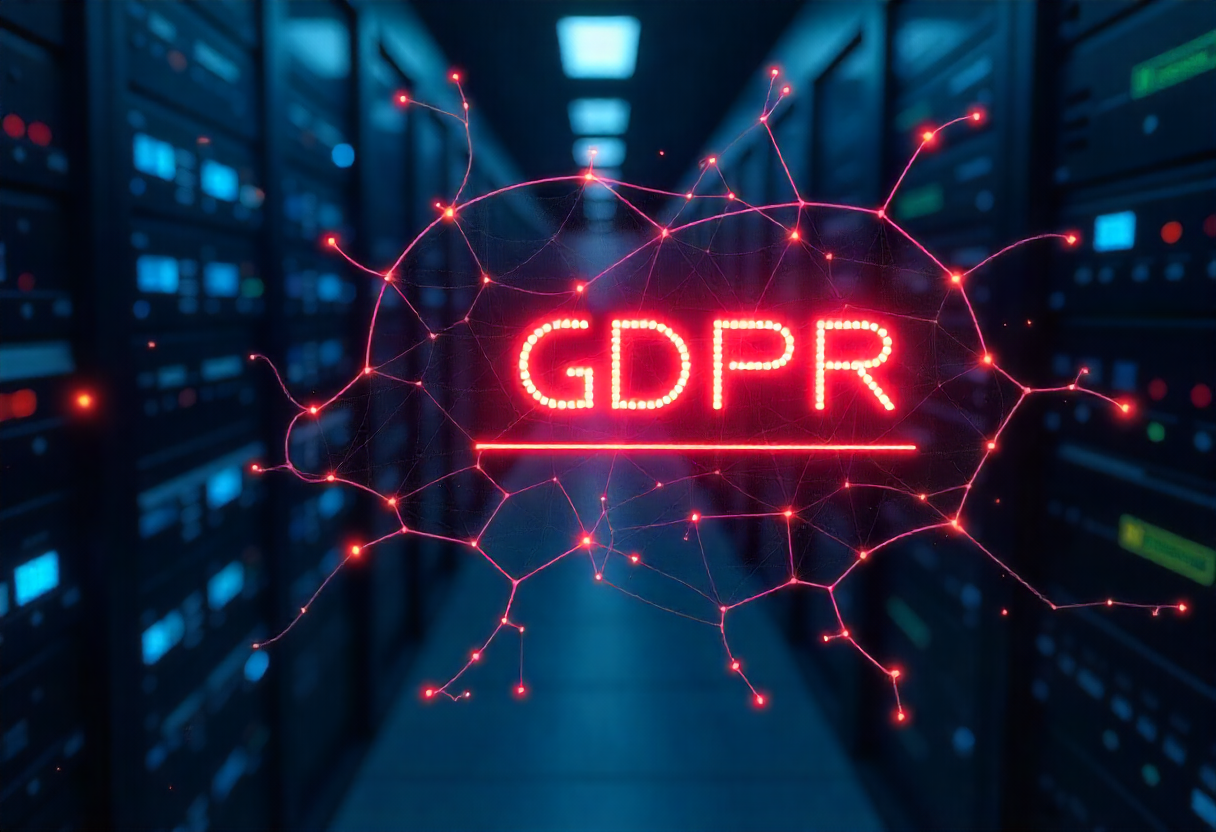
Is AI breaking the Law? How AI training may violate Data Privacy
Artificial intelligence is built on data. The more, the better, especially when training large language models or recommendation systems. But there's a problem: much of the data used to train AI includes personal, sensitive information. And when that data is scraped, shared, or stored without consent, it may run afoul of powerful data protection laws like the EU's General Data Protection Regulation (GDPR) or the U.S. Health Insurance Portability and Accountability Act (HIPAA).
As AI becomes more embedded in how companies operate, understanding these legal boundaries isn't optional; it's essential.
Where AI and Privacy collide
Generative AI models like ChatGPT, Bard, or Claude learn by analyzing massive amounts of text, images, or behavioral data. While some of that data comes from public sources, much of it includes information about real people, sometimes without their consent or knowledge.
Here are the main ways AI training can violate privacy laws:
- Data scraping without consent: Many AI companies scrape websites or public records for training data. Under GDPR, if that content includes personally identifiable information (PII) and consent wasn’t obtained, it may be illegal.
- Inability to delete or correct personal data: GDPR gives people the right to be forgotten and to correct false information. But AI systems can't always track or isolate individual data points once they're trained, making compliance nearly impossible.
- Using health data without safeguards: In the U.S., HIPAA governs how health information can be used. If AI is trained on health records without proper de-identification or authorization, it may breach HIPAA.
- Lack of transparency: GDPR requires companies to tell users how their data is used. Most generative AI tools don't provide this visibility.
As Axios noted in a 2023 report, the current AI development model is often at odds with privacy-by-design principles. Once personal data is ingested into a model, it becomes nearly impossible to control or retract.
What the Laws say
GDPR (EU)
- Requires lawful basis for processing personal data
- Users must give informed, explicit consent
- Grants rights to erasure, correction, and data portability
- Applies even if data is collected from "public" sources, if it contains PII
HIPAA (U.S.)
- Applies to "covered entities" and their business associates
- Strictly regulates the use and sharing of Protected Health Information (PHI)
- De-identification must meet specific standards to exempt data from HIPAA's reach
Even if an AI model doesn’t intend to handle sensitive information, it can still fall under these regulations if the training data includes PII or PHI.
Real-World warnings
In 2023, Italy briefly banned ChatGPT over GDPR violations, citing concerns about how OpenAI collected and stored user data. The ban was lifted after OpenAI made changes, including adding a user opt-out and age restrictions.
In the healthcare sector, several startups exploring AI-assisted diagnostics faced legal scrutiny when training models on anonymized medical records that were later found to be insufficiently de-identified.
These cases show that regulators are watching and willing to act.
Why it matters for businesses
Whether you're building your own AI or using third-party models, you can be legally responsible for how data is used. If your vendor trains AI on questionable data and you deploy it in your app or service, you may still be liable under GDPR or HIPAA.
Data privacy violations can lead to:
- Hefty fines (up to 4% of global revenue under GDPR)
- Lawsuits or class actions
- Loss of consumer trust
- Regulatory bans on tools or services
What you can do: Privacy-First AI practices
- Use High-Quality, Consent-Based Data
- Choose datasets with proper licensing and documented consent.
- Avoid scraping data unless you're sure it's legally usable.
- Work With Privacy-Conscious Vendors
- Ask how your vendors collect, manage, and audit their training data.
- Ensure they offer data opt-out mechanisms.
- De-Identify Properly
- If using sensitive data, follow strict anonymization frameworks like k-anonymity or differential privacy.
- HIPAA has a safe harbor rule for de-identification; follow it closely.
- Map Your Data Lifecycle
- Document what data you use in training, how it’s stored, and who has access.
- Be prepared to respond to GDPR data subject requests.
- Incorporate Privacy by Design
- Build AI systems with privacy protections baked in from the start, not as an afterthought.
Respecting Data is good business
Data privacy isn’t just a compliance box, it’s a foundation of trust. Consumers are becoming more aware of how their data is used. Regulators are stepping in. And businesses that ignore these signals risk more than fines; they risk their reputation.
Building or using AI responsibly means asking tough questions about where your data comes from and how it’s handled. If AI is the future, privacy must be part of its design.


